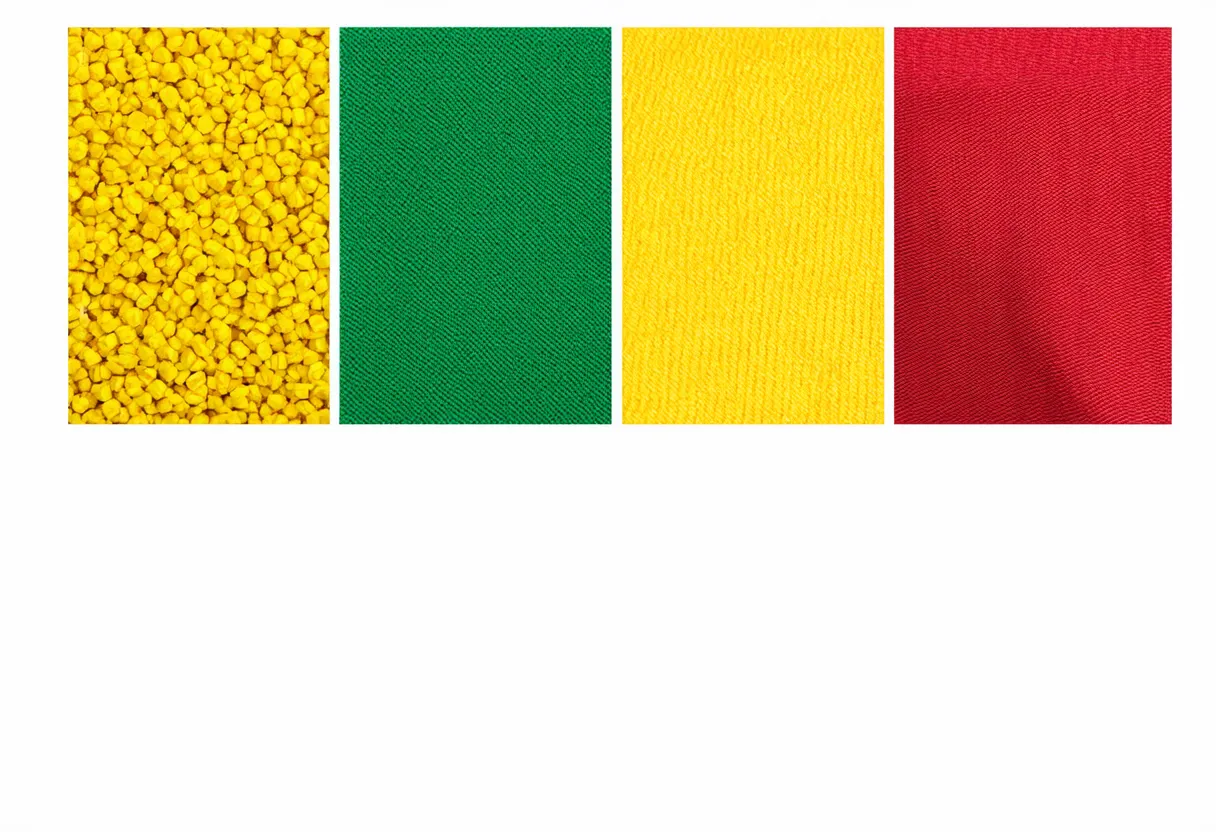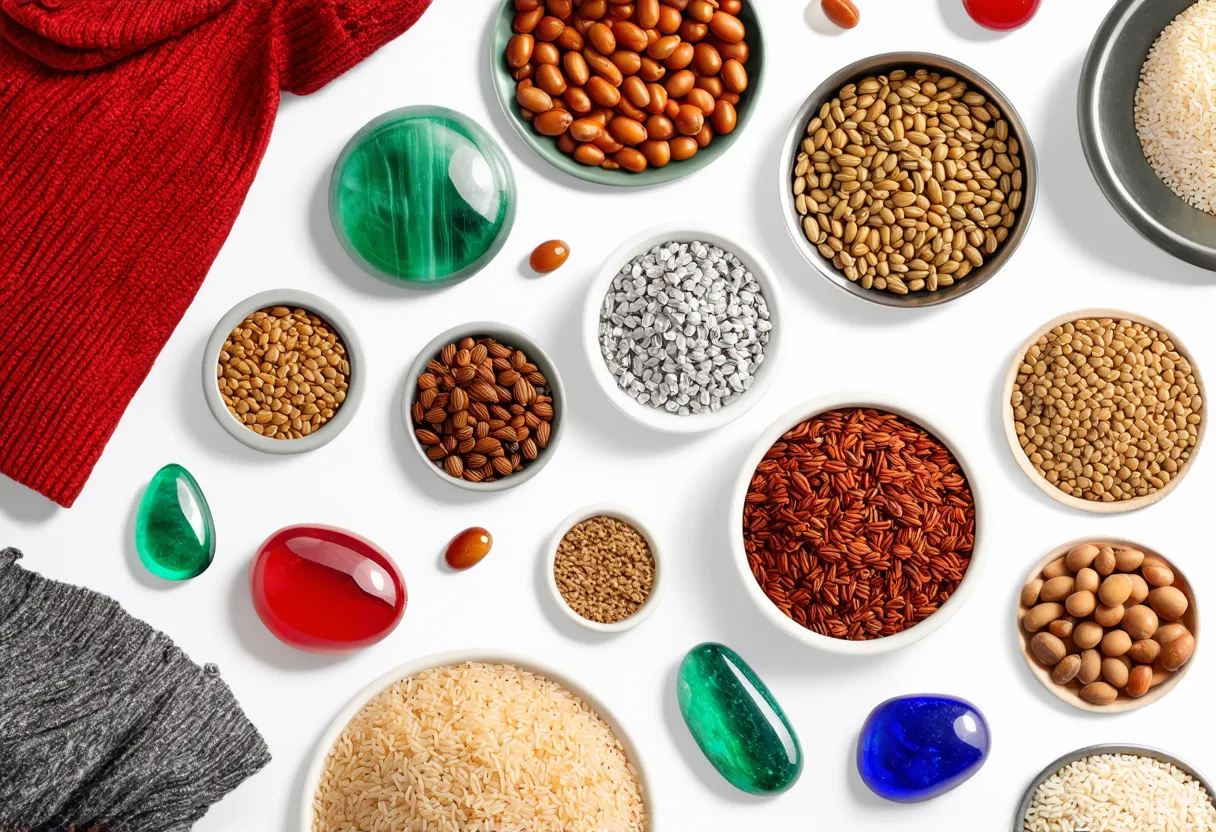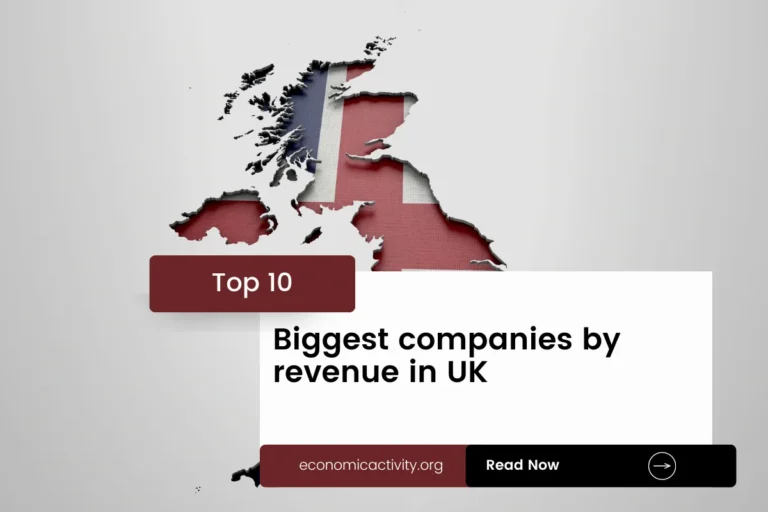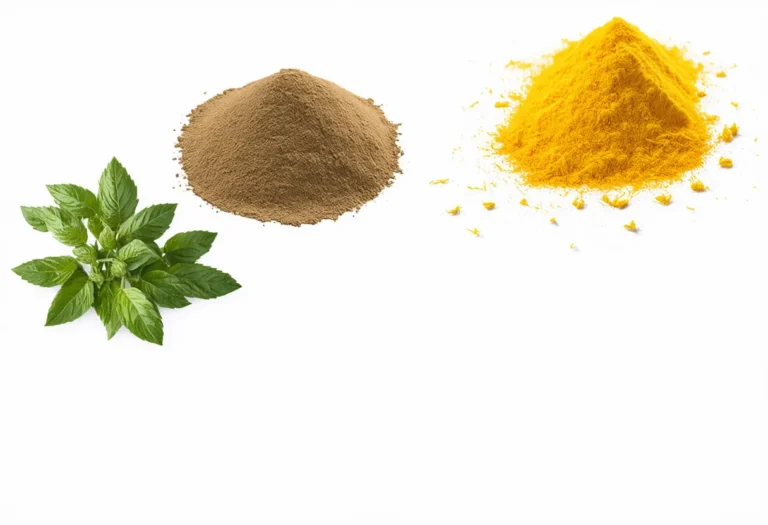Country Myanmar has a population of 54,179,306, ranking 25th globally, just behind Italy. Located in Southeast Asia, it covers 676,590 sq. km, ranking 38th, just behind Zambia.
Myanmar’s economy in 2022 is positioned at a GDP of $62,263,466,263.74, ranking 85th globally. It follows Serbia, with a GDP of $63,563,401,043.50. The GDP per capita for Myanmar is $1,149.21, placing it at 162nd worldwide.
It lags behind Tanzania, which has a GDP per capita of $1,192.77. Myanmar’s economic position reflects its ongoing development efforts and challenges in comparison to its global counterparts.
What are the economic activities of burma?
- Primary activities: 24.1% of GDP.
- Secondary activities: 35.6% of GDP.
- Tertiary activities: 40.3% of GDP.

Primary Sector of burma
In Burma, the primary sector, particularly agriculture, plays a vital role in the economy. With 19.9% of the land dedicated to agriculture, the country produces a diverse range of crops and animal products. Main agricultural products include rice, pulses, beans, sesame, sugarcane, and rubber.
Despite contributing 24.1% to the GDP, agriculture remains crucial for food security and livelihoods. The country’s climate and natural resources support a flourishing agricultural sector, sustaining the population and driving rural development.
With a diverse geological landscape, the primary sector thrives in this country. Abundant in resources like petroleum, timber, precious stones, and natural gas, it plays a vital role in the economy. The availability of arable land, hydropower, and minerals like tin, zinc, and coal further contribute to the sector’s growth.
Secondary Sector of burma
What is the secondary sector or what are secondary activities?
The secondary sector encompasses industries that transform raw materials from primary activities into finished products for consumption. In Burma, the main industrial products include agricultural processing, wood products, copper, tin, tungsten, iron, cement, pharmaceuticals, fertilizer, oil, natural gas, garments, jade, and gems.
Manufactures in Burma’s total exports accounted for 43.81% in 2023, indicating their significance. However, other sectors may play a more crucial role in driving the country’s economy.
Tertiary sector of burma
What is the tertiary sector or what are tertiary activities?
The tertiary sector in Burma encompasses a wide range of services where individuals provide knowledge and time to enhance productivity and meet various needs. This sector involves intangible goods such as attention, advice, and expertise, catering to both consumers and businesses. Key tertiary activities in Burma include restaurants, healthcare and medical care, education and training, banking and finance, communication and information exchange, and tourism and hospitality. These services play a crucial role in driving the country’s economic growth and development.
Among these, Myanmar’s tourism industry is crucial for its economy, contributing significantly to its GDP. With an annual influx of 4,364,000 tourists, accounting for 0.0805 of its population, popular destinations like Bagan’s ancient temples and Inle Lake attract visitors from around the world, stimulating local economies and job creation.
Another example of tertiary economic activity is the mobile cellular sector, with approximately 58 million subscriptions, supporting technological growth by enhancing communication, fostering innovation, and driving digital services.
Military Activities and Economic Sectors of burma
The military is a great example of many economic activities working together. In the primary sector, resources are extracted for military use, like minerals and fuels. The secondary sector involves manufacturing military equipment, such as weapons and vehicles. The tertiary sector includes services provided by the military, while the quaternary sector focuses on research and development for new technologies. Lastly, the quinary sector deals with high-level decisions and strategies for military operations.
In Burma, the military expenditure in 2023 is about 2,493.5 million US dollars, which is 3.04% of the country’s GDP. The active military force consists of 201,000 personnel, resulting in about 5.4 active military members for every 1,000 people in the population.
Biggest company in burma
Which is the biggest company in Burma? Malta International Airport holds this title with a market value of 0.79 billion USD. It operates in the transportation industry, which is part of the tertiary economic sector. The airport was founded in 1992, serving as a key hub for travel.
International Trade of burma
Import Activities of burma

Import activities in Burma are crucial, with imports totaling $16.44 billion in 2023, accounting for 26.40% of the country’s GDP.
Burma’s key imports include refined petroleum, fabric, synthetic fabric, crude petroleum, and fertilizers. Its major import partners are China (45%), Thailand (16%), Singapore (14%), Malaysia (4%), and Indonesia (4%). These imports are crucial for sustaining various industries and meeting domestic demand.
Exports Activities of burma

Burma’s total exports in 2023 amounted to $14,752,993,056.94, accounting for 23.69% of its GDP. This indicates a medium level of importance, highlighting the significant role export activities play in the country’s economy.
Burma’s export activities are diverse, with key partners being China, Thailand, Germany, Japan, and the US. The country exports garments, precious stones, natural gas, dried legumes, and rice.
burma economy challenges in 2024
Country Burma faces challenges in 2024 as it navigates post-coup recovery. Economic growth stalled, social welfare declined, and poverty rates rose. Climate change impacts worsened, and underdevelopment persists. The lack of foreign aid hinders progress, requiring innovative solutions for sustainable development.




Leave a Reply